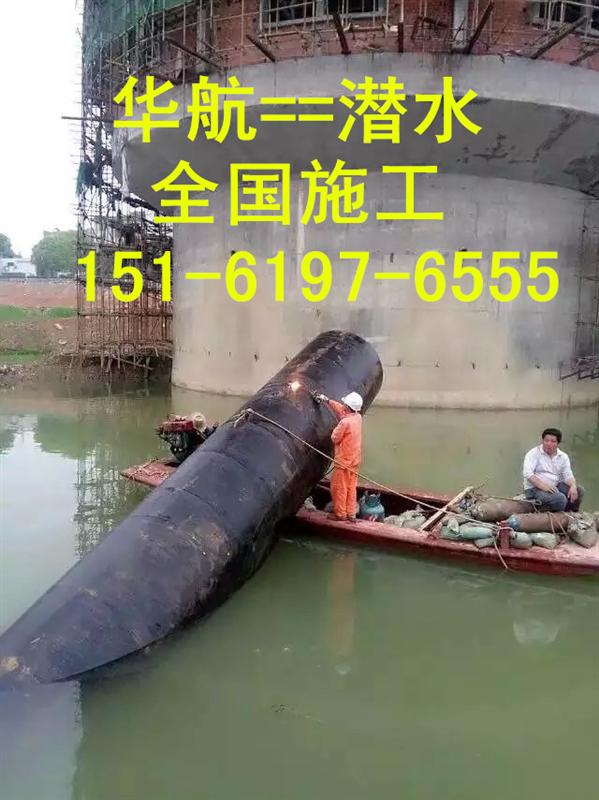Underwater Pipeline Installation Method and Safety Measures
Underwater pipeline installation involves several key construction methods, including the use of construction ships, positioning steel pipe piles, on-site splicing of water pipes, piling ship operations, and underwater engineering plans. Divers are often involved in installing pile caps, beams, and pipe branches. They also handle overhead sections, water pipe heads, and hoop installations around riprap areas. Divers assist with dredging excavation basements, leveling the seabed, and placing water pipes. Gravel filling and backfilling are part of the process to ensure stability and proper alignment.
Construction vessels such as cranes, piling ships, deck barges, and car cranes enter the site after completing all necessary approvals. These vessels work together to transport and position steel pipes and water pipelines. Car cranes are used to lift and support the steel pipes from the shore, while welding teams join the pipes and then move them onto the barges for transportation to their designated locations. This coordinated effort ensures the smooth execution of the project.

Underwater Pipeline Installation Technology Management Measures:
(1) A practical and specialized construction plan must be developed, approved by the company, and submitted to the supervising engineer for review. Construction can only begin after the plan is approved by the responsible engineer. Once approved, any changes should be made carefully and with proper authorization.
(2) Strict adherence to the construction procedures and full implementation of technical specifications are essential for successful execution.
(3) Before the project starts, the project manager or technical lead must conduct a comprehensive briefing for all team members. The briefing includes an overview of the project, the construction schedule (including client requirements), key project points, and the main construction methods and quality targets.
(4) Before handing over tasks to the construction teams, technical personnel must clearly communicate specific tasks, deadlines, construction methods, quality standards, safety procedures, and process handover details.
(5) A proactive quality management policy should be implemented, focusing on prevention, self-inspection, and continuous improvement. Quality standards, inspection methods, and record formats must be provided before construction begins, and all records should be maintained and preserved as part of the final documentation.
(6) For concealed projects, timely inspections and acceptance by the supervising engineer are required. After each completed phase, inspection and acceptance information must be recorded to ensure complete project documentation.
(7) At the end of each month, the project department organizes inspections involving technical and measurement teams to ensure data completeness and prevent gaps in final reports.
(8) Technical staff should study and apply the company’s “Construction Technology Management Measures†and “Quality Management Measures†throughout the project lifecycle.
(9) Regular retesting of the measurement control network and engineering control points helps identify and correct errors promptly.
(10) The project’s technical lead should organize workers to thoroughly understand the construction drawings, grasp the design intent, and participate in design meetings when necessary.
To ensure the roof waterproofing layer meets usage requirements, a separate waterproofing system is applied using asphalt-coated materials like base paper, fiber fabric, or fiber mats. The surface is coated with powder, granules, or flakes. Curable sheet-type waterproof materials are also used, combining synthetic polymer-modified asphalt coatings with fiber fabrics or mats as the core, covered with powder, granules, or film materials to create a flexible waterproof layer.
Concrete building cracks are a common cause of structural damage, and crack leakage is one of the most challenging issues. To address this, expansion joints are used to seal leaks. Traditional methods involve cutting and sealing cracks, but this often leads to recurring leaks due to irregular internal cracks.
Contact: Manager Shen
Phone: [Insert Phone Number]
Company: Jiangsu Huahang Underwater Engineering Co., Ltd.
100W Medical Power Supply,100W Medical Device Power Supply,100W Medical Power Adapter,100W Rade Power Supplies
Shenzhen Longxc Power Supply Co., Ltd , https://www.longxcpower.com